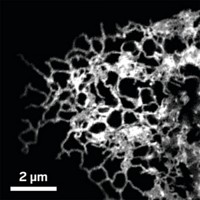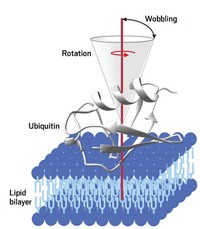Advertisement
Grab your lab coat. Let's get started
Welcome!
Welcome!
Create an account below to get 6 C&EN articles per month, receive newsletters and more - all free.
It seems this is your first time logging in online. Please enter the following information to continue.
As an ACS member you automatically get access to this site. All we need is few more details to create your reading experience.
Not you? Sign in with a different account.
Not you? Sign in with a different account.
ERROR 1
ERROR 1
ERROR 2
ERROR 2
ERROR 2
ERROR 2
ERROR 2
Password and Confirm password must match.
If you have an ACS member number, please enter it here so we can link this account to your membership. (optional)
ERROR 2
ACS values your privacy. By submitting your information, you are gaining access to C&EN and subscribing to our weekly newsletter. We use the information you provide to make your reading experience better, and we will never sell your data to third party members.
Environment
Membrane Proteins Caught On Camera
High-speed AFM records motion and protein-protein interactions in supported membrane
by Lauren K. Wolf
July 16, 2012
| A version of this story appeared in
Volume 90, Issue 29
Using high-speed atomic force microscopy (AFM), an international team of researchers has captured on film the motions and interactions of membrane proteins (Nat. Nanotechnol., DOI: 10.1038/nnano.2012.109). Scientists have used fluorescence microscopy to examine the dynamics of membrane proteins before, says team leader Simon Scheuring of the French National Institute of Health & Medical Research. But those experiments required that the protein be fluorescently labeled, he says. They also typically followed the motion of only one protein at a time. Scheuring’s team sees all the proteins in the membrane with AFM, he notes, and therefore learns how the diffusion of a protein is affected by its molecular environment. To make the AFM measurements, Scheuring and colleagues deposited the Escherichia coli membrane protein OmpF, along with some E. coli lipids, onto a mica support. The researchers found that OmpF proteins move slowly over short distances when in crowded areas and wander at a faster pace over longer distances in loosely packed regions. Combining AFM data with molecular dynamics simulations, they also generated a potential energy map of protein-protein interactions. Developing techniques that assess how proteins “play” with each other, Scheuring points out, is vital to understanding cellular function.





Join the conversation
Contact the reporter
Submit a Letter to the Editor for publication
Engage with us on Twitter